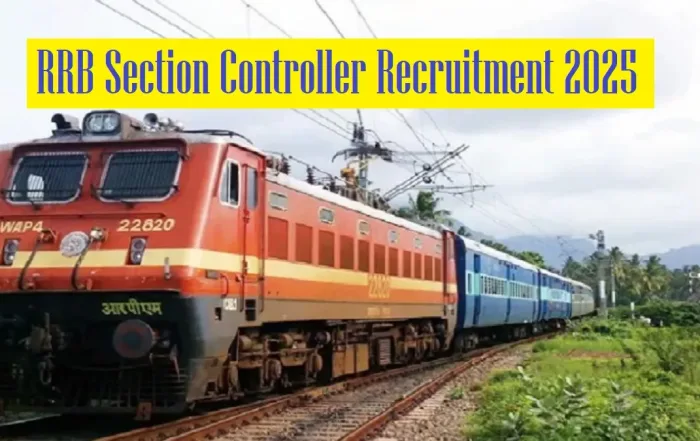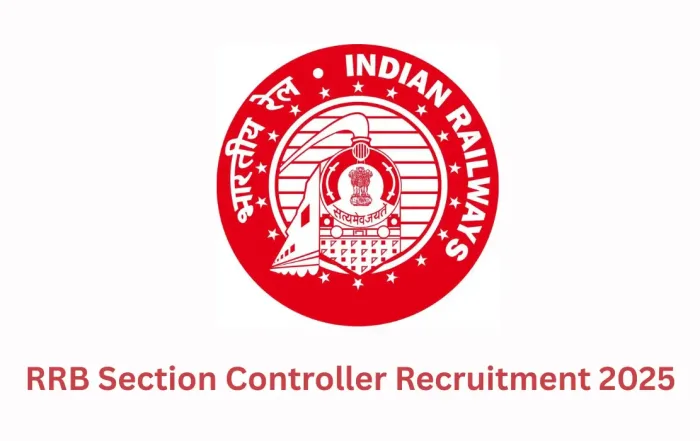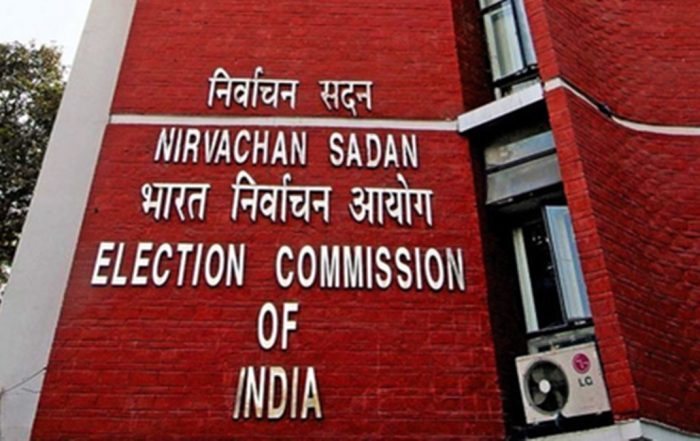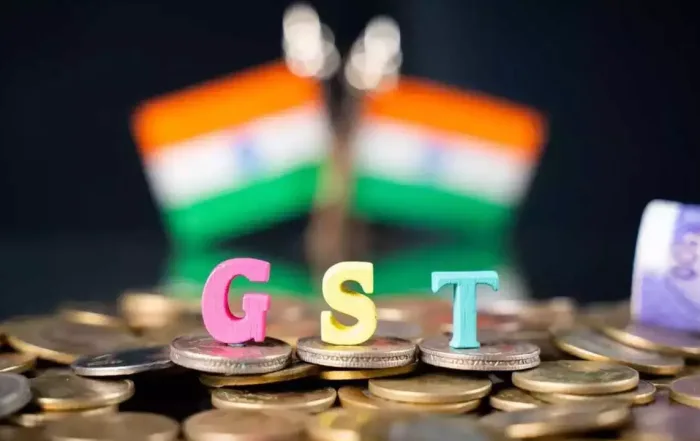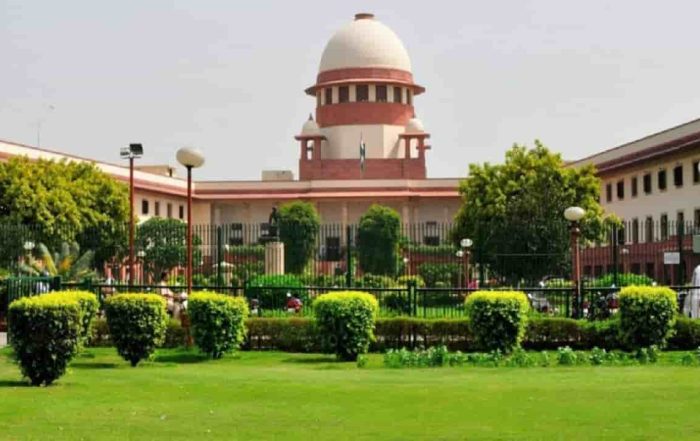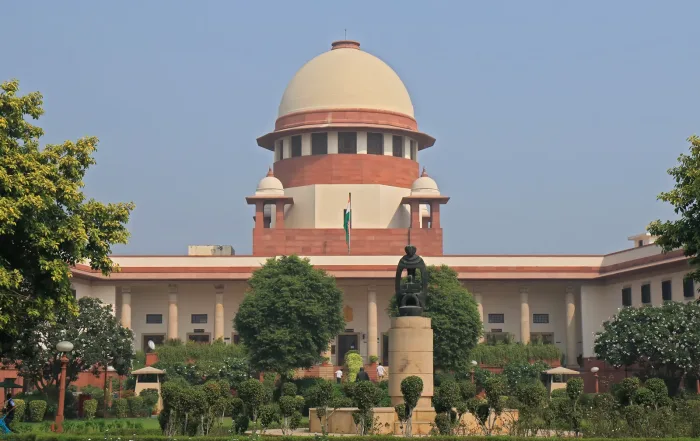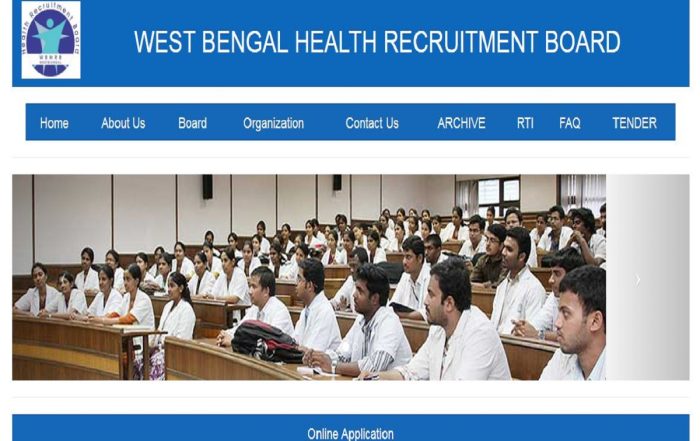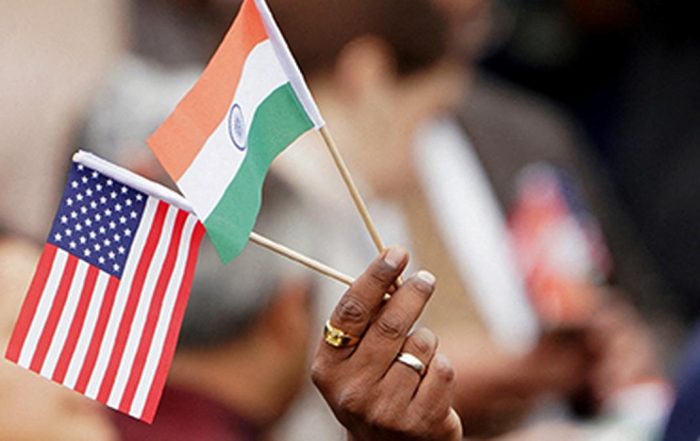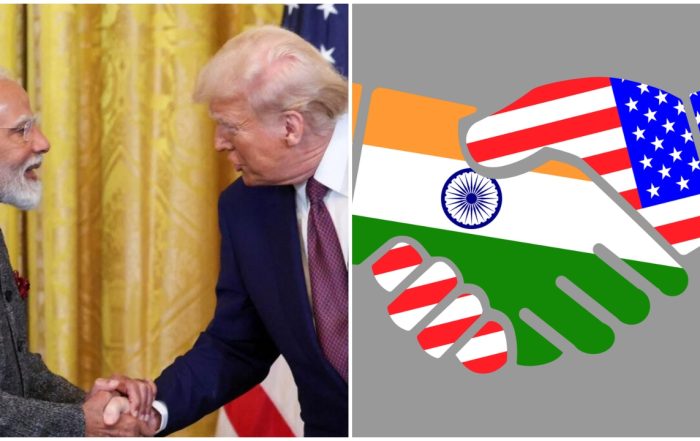RECENT POSTS
Understanding the Weather – Question & Answer Worksheet
CLASS:7- CHAPTER-2 -UNDERSTANDING THE WEATHER – QUESTION and ANSWER WORKSHEET 📘 Textbook Questions Question 1: Match the instrument with the weather element it measures. Instrument used - Element of the Weather (1) Hygrometer (d) Humidity [...]
What is State Legislative Assembly? Structure, Powers & Role Explained
The State Legislative Assembly, commonly known as the Vidhan Sabha, is a crucial part of India’s federal democratic structure. It functions as the lower house of the state legislature and plays a vital role in [...]
RRB Section Controller Syllabus 2025: Latest Exam Pattern & Detailed Subject-Wise Topics
The Railway Recruitment Board (RRB) has officially released the RRB Section Controller Syllabus 2025 along with the updated exam pattern to guide candidates in their preparation journey. This article provides a comprehensive breakdown of the [...]
Chief Election Commissioner of India: Guardian of the World’s Largest Democracy
India, the largest democracy in the world, relies on the strength of its electoral institutions. At the Centre of this structure stands the Chief Election Commissioner (CEC)—a figure entrusted with ensuring free, fair, and transparent [...]
RPSC Junior Legal Officer Recruitment 2025: Complete Notification, Eligibility & Application Details
If you’re a law graduate looking to step into a secure and respected government role, the Rajasthan Public Service Commission (RPSC) has opened a golden opportunity. The RPSC Junior Legal Officer (JLO) Vacancy 2025 notification [...]
Understanding GST: A Comprehensive Guide to India’s Goods and Services Tax
What is GST? Goods and Services Tax (GST) is a comprehensive, multi-stage, destination-based tax levied on the supply of goods and services in India. It was introduced on July 1, 2017, with the aim of [...]
Supreme Court of India: History, Structure & Key Facts
🔹 Introduction The Supreme Court of India is the highest judicial authority in the country. It serves as the guardian of the Constitution, protector of fundamental rights, and final court of appeal. 📜 Historical Background [...]
Class 10 Mathematics Standard Sample Paper 2025 – Download PDF & Preparation Tips
Preparing for the CBSE Class 10 Mathematics Standard Exam can feel overwhelming, but practicing with the Class 10 Mathematics Standard Sample Paper is the smartest way to boost your confidence and score high marks. [...]
WBHRB Staff Nurse Recruitment 2025: Apply for 5018 Vacancies
Are you a nursing professional looking for a stable and rewarding government job? The West Bengal Health Recruitment Board (WBHRB) has officially announced the Staff Nurse Recruitment 2025, opening up 5,018 vacancies across the state. [...]
India-USA Relationship in 2025: A Strategic Alliance Shaped by History, Trade & Global Shifts
The relationship between India and the United States has evolved dramatically over the decades—from cautious diplomatic exchanges in the post-independence era to what is now a multifaceted and strategic global partnership. As we step into [...]



